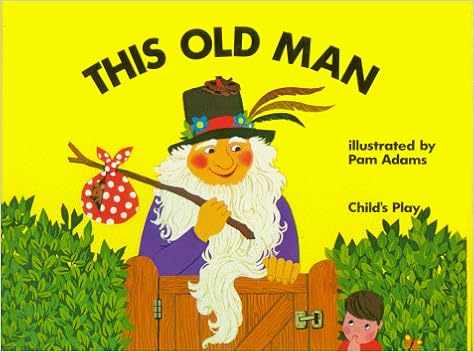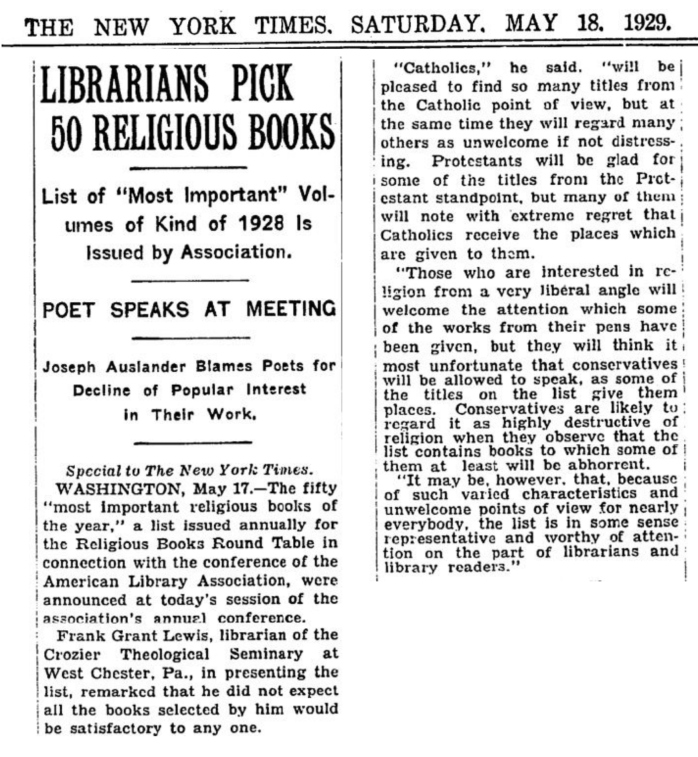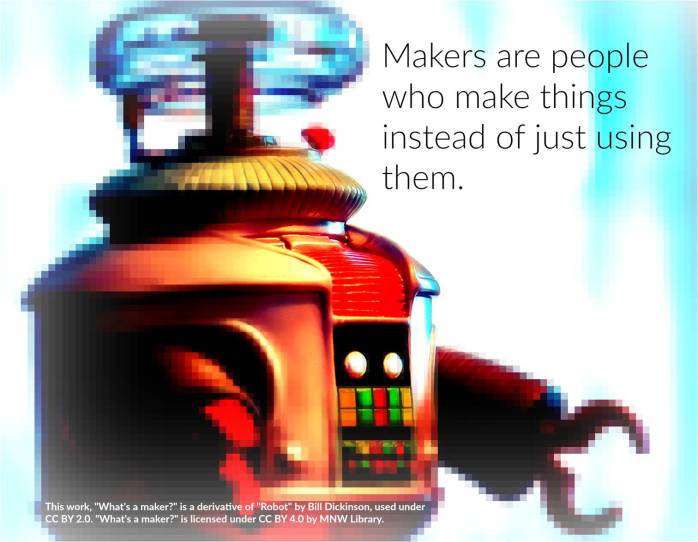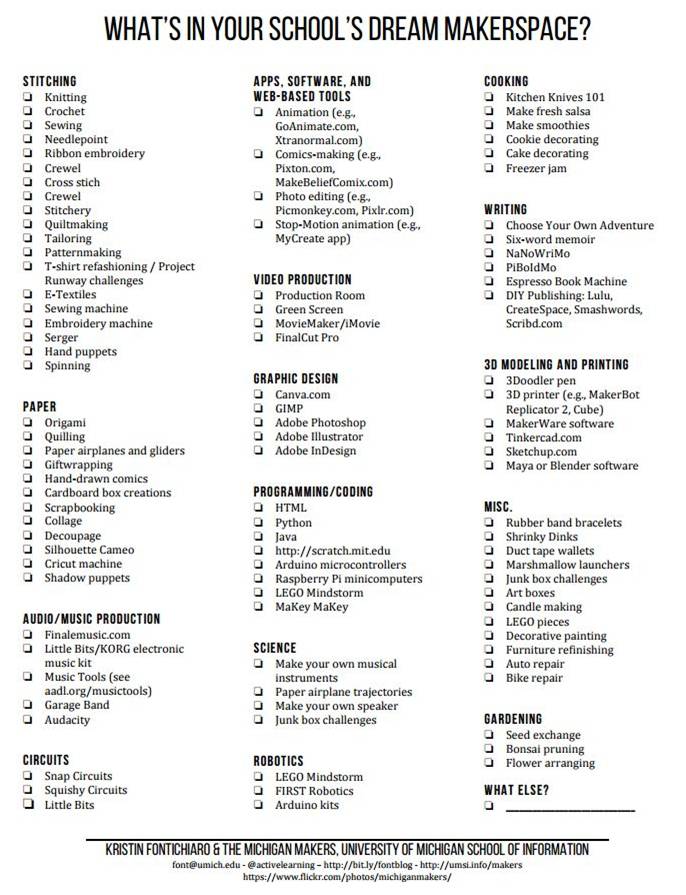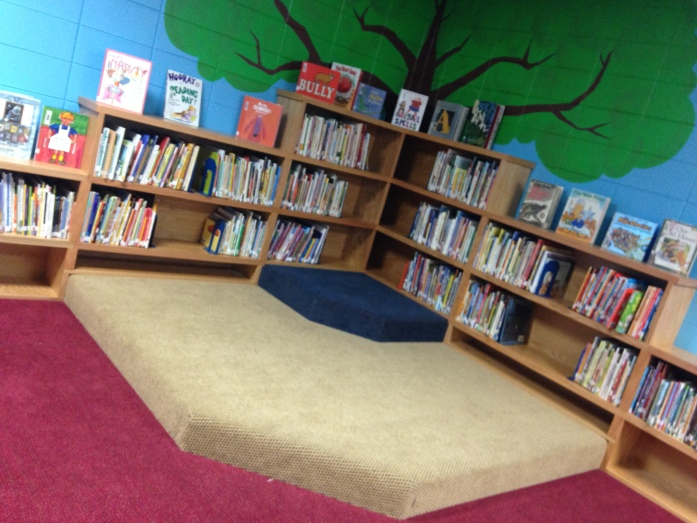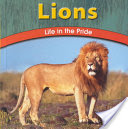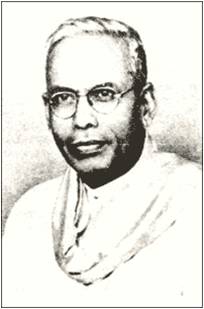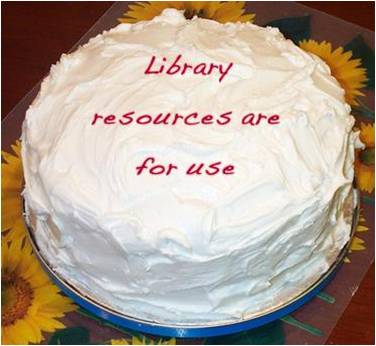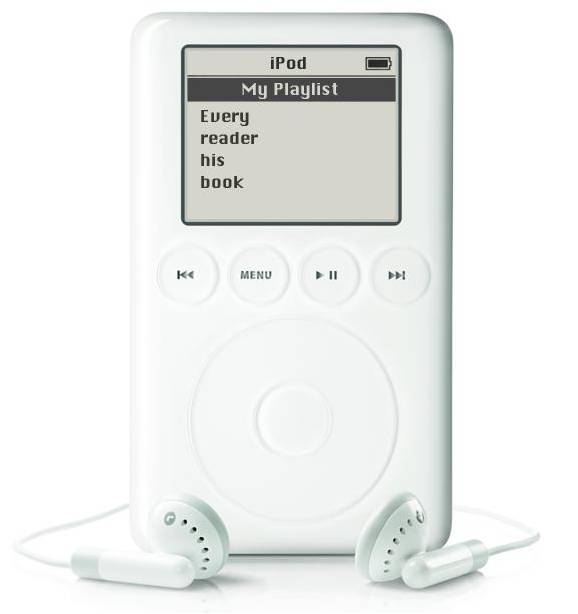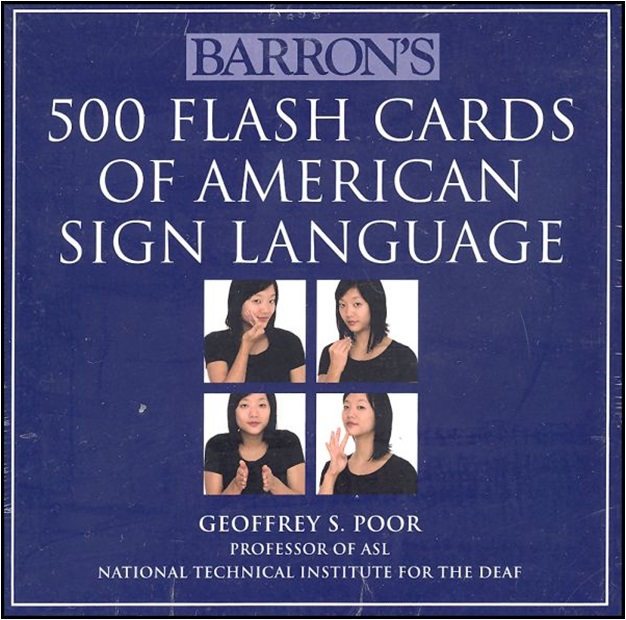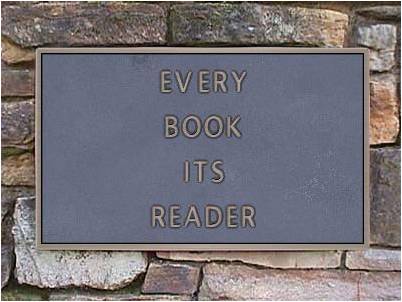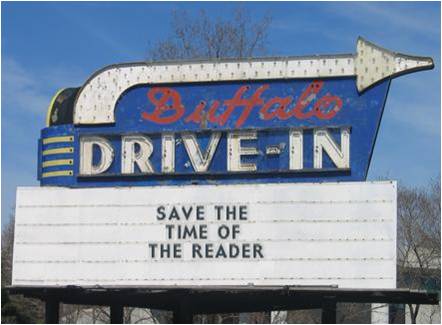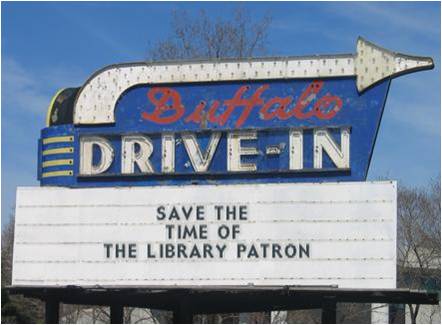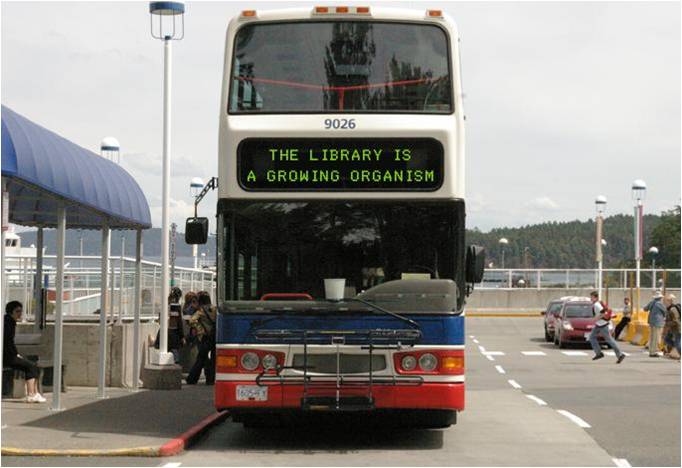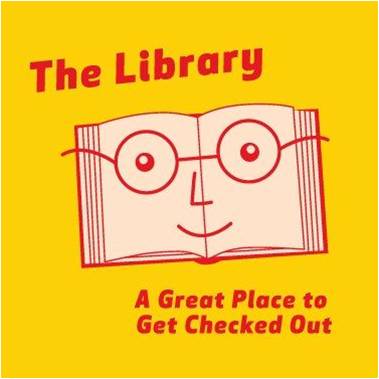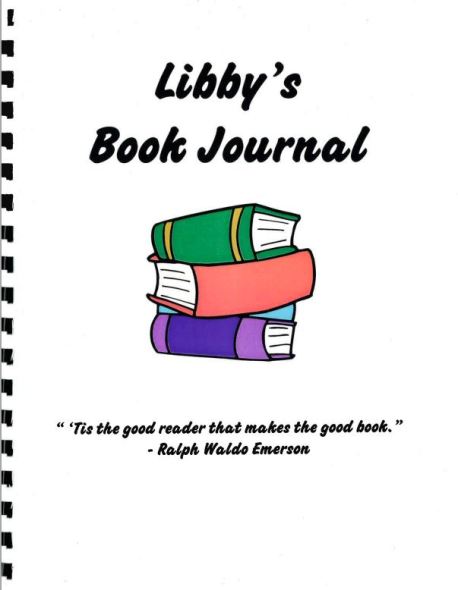Someone asked on a teacher librarian listserv:
After seeing the excitement for Battle of the Books, I am convinced I could easily find a handful (to start) of upper elementary students (thinking grades 4-6) to start an elementary book club. I’m thinking they could bring their lunch in and we can eat and discuss their books – nothing formal or fancy, just relaxed and something extra for them to look forward to each week. Does anyone have any experience with implementing a book club for students in these grades?
And per my usual, I started to write a long reply. But I think it’s better as a blog post! So I’ll just respond with a link to this.
Here are my kids in the spring of 2001, vacationing in Jekyll Island, Georgia:
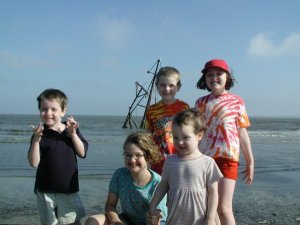
Oh, aren’t they cute?
On the way home to Cumberland Furnace, Tennessee . . .
. . . we stopped at the Jimmy Carter National Historical Site in Plains, Georgia:
One thing at the historical site in President Carter’s old high school (which became his presidential campaign headquarters) was a picture of his principal, a steely woman named Julia Coleman, and mention that she helped lead a “Book Lovers Club.” Huh, my kind of group, I thought. I loved books, too. That got me thinking.

So after spring break, the kids went back to school. My two older daughters were in a combined 3rd-4th grade, and the teacher had asked for parent volunteers to help proctor the standardized tests. So one day, my husband came, and the next I did. (We were there in case someone had to leave the test all of a sudden, so Mr. Shafer could stay with the rest of the class.) Of course, we brought books to read, in fact, I brought two, as I had just finished reading a book and I wasn’t sure which book I wanted to read next.
A little girl with a very strong Southern accent said, “Gosh, Libby! Your daddy reads, and your momma reads too? That’s weird!”

That’s weird!
And then THAT got me thinking more. I decided I should start a book group for children, so naturally, I went to the librarian. This was my children’s first year at Charlotte Elementary, after first enrolling them at Vanleer Elementary (this was after a few years of homeschooling). The librarian there, Sandy Buckner, was awesome. And I had in the back of my mind that someday I’d be a librarian. I’d done some cool programs with Mrs. Buckner, and she liked me. (She retired in 2005, and I wrote her a few years ago to tell her I became a school librarian, too. She responded, a letter I cherish.)
So I went to this school’s librarian, who shall remain nameless. (I checked; she’s not there anymore. Good.) She was extremely negative, responding, “How will you get many copies of the same book? Our kids are poor!” (Okay, point taken, there are poor students everywhere (though this school had nothing on Vanleer), and in no way, shape, or form, was this going to be a cost to parents or kids. So that did help me recognize an issue I needed to address. But honestly, woman. You are a librarian. Be a problem-solver. [Another aside. Once my girls had both forgotten their pencils to bring to Library class. Because, you know, worksheets. And she said to the whole class, “Oh, I guess the Sturgeons can’t afford pencils!” I put this blog out on my signature line for my work email, so I’ll stay classy and won’t use the language I really want to use about her. But that is not how you treat children.])
So I went to Ernestine Adams, who at the time was assistant principal. (She’s now the director of elementary education there, which, I should say so, because she’s amazing.) She’s a smart lady and knew a good deal when she saw one, so yes, of course I could start a book group, where kids could participate for free. And get free breakfast treats too because yeah. It was before school and I love donuts.

So, yes, I went to my personal hero, mentor, and friend, Tori Ross, a children’s librarian at the Edmondson Pike Branch of NPL, and she hooked me up with a new library card (I didn’t want to use my personal one, because you know, 25 item limit.)
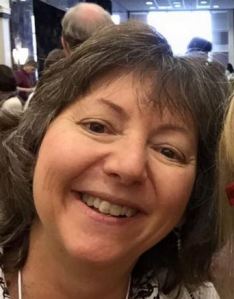
It’s been 14 years and she hasn’t changed a bit.
We started the next fall, and the Book Lovers Club was open to fifth graders.
We read great books, like A Year Down Yonder, Black Beauty, A Single Shard, and Because of Winn-Dixie (among others). I gave the students some options – books I could get 10-12 copies of – and the kids chose.
We met once a week before school.
One teacher came. She didn’t know it was for kids, but we liked having her and encouraged her to come. She mostly did. Every week, about 10 students came, though there were some who didn’t come every time.
We made the yearbook! I’ll post a picture when I find it.
At the end of the year, I made a book diary for the kids. My daughter kept hers.
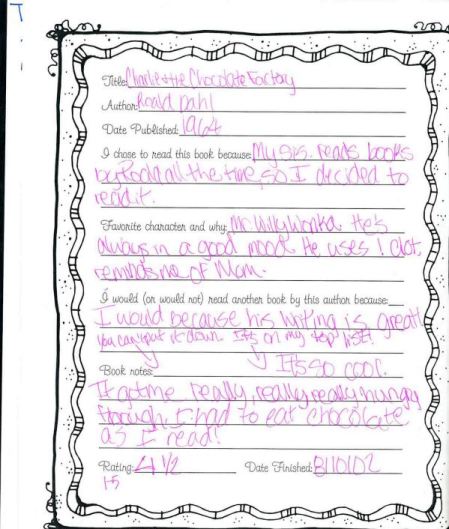
Poor Libby, we tease her about her handwriting.

Hey give me a break, it was Microsoft Publisher in 2002. I liked funky fonts and border art, okay?
All in all, it was a great experience, and I’d do it again. If there wasn’t like, makerspace, and high school classes, and video production, and 1KB4K, and a thousand other things getting done and not getting done.
But things are different, too, so here are some things I’d do or have to consider:
*Was I so successful because I was an outsider? Or because I’m just me?

I would consider finding a parent volunteer to help, anyway.
*How to get the books? Without a big public library system nearby, I’d have to rely on the AEA or borrowing from other school libraries, but that’s not going to get me very current books. Maybe I’d fundraise to get new books? Maybe if we did it monthly instead of weekly, the school would fund it?
*These days, I could get some titles as ebooks with unlimited simultaneous access (if I’m lucky). But even if I can get books the kids want to read, who wants to read a novel on a Chromebook? A Kindle is one thing, a Chromebook is quite another.
*Could I get as many students to participate? The 10 or so regulars I had was a great number, but this was in a school with five classes per grade, i.e., about 125 students. So 8%? Is it worth the trouble in my school if I get only 4 students?
I don’t remember if that little girl who exclaimed that it was weird that my husband and I both read books participated or not. I hope she did. I do know that many of the kids didn’t have parents who read at home, and for that, I think I made a difference. I should have continued to do it, but you know, life.
So, do you do a book group for students? How do you get several copies of new titles?




